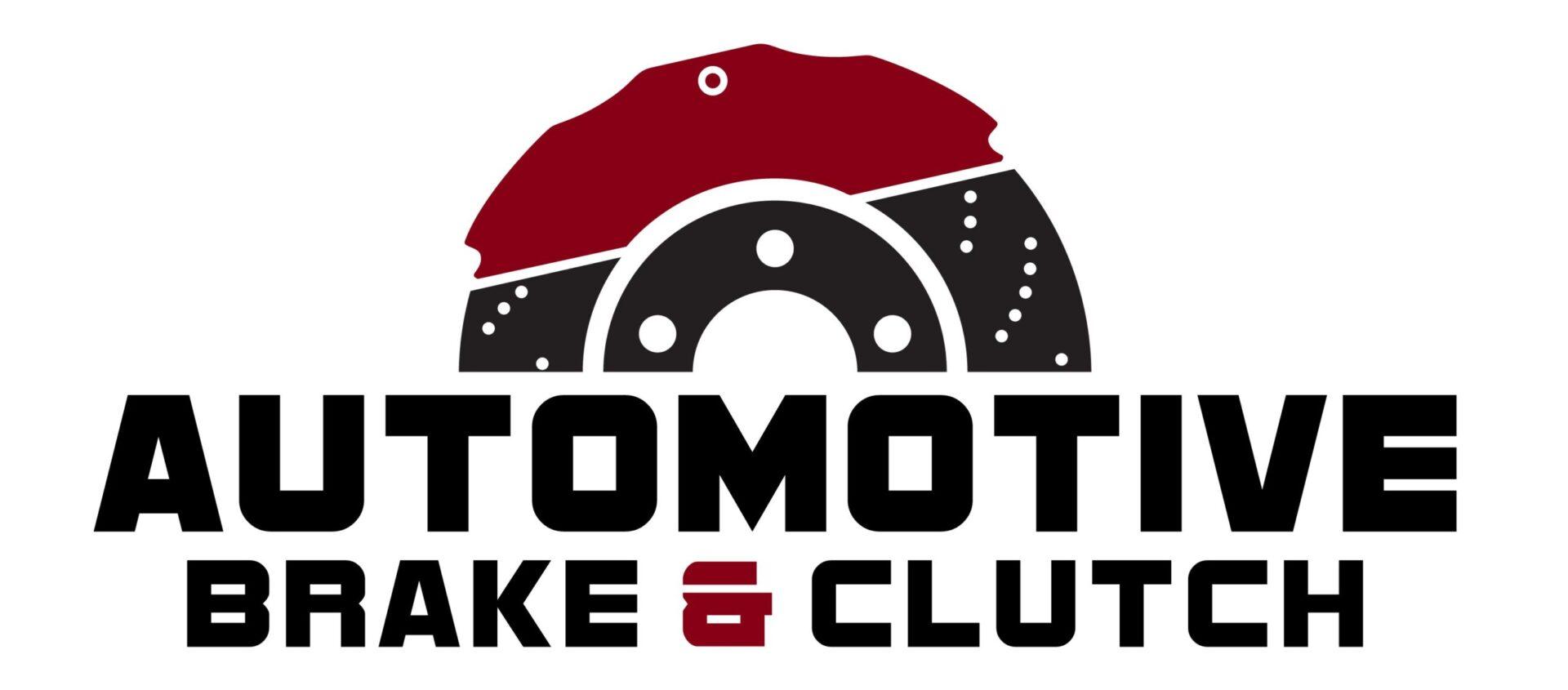MASTER CYLINDER REPLACEMENT

Expert Brake Master Cylinder & Hydraulic Service | San Antonio, TX
Is your brake pedal spongy, sinking, or leaking fluid? As specialists in hydraulic brake systems, Automotive and Clutch provides guaranteed brake master cylinder replacement for all cars, trucks, and specialized vehicles with Hydromax brake boosters. We service the San Antonio, TX area with precision and safety.
Common Symptoms of a Failing Master Cylinder
Recognizing these warning signs is critical for safety. If you experience any of the following, contact us immediately for service:
-
• Brake Warning Light Illuminated
-
• Spongy or Sinking Brake Pedal
-
• Contaminated Brake Fluid
-
• Visible Fluid Leaks Around the Master Cylinder
Master Cylinder Installation: Our Expert Guide
At Automotive and Clutch, safety and precision come first. While we always recommend seeking qualified service for complex repairs like this, here is a breakdown of the meticulous steps involved in proper master cylinder installation:
Removing the Original Master Cylinder
Before beginning the installation of the replacement master cylinder you must take proper precautions to assure a safe, trouble-free installation. Park the vehicle on a level surface and in a well-ventilated area. Block the wheels and set the parking brake to avoid unintended movement. In those instances where the vehicle must be raised to work on the system, be sure to use safety stands to support the vehicle. NEVER rely on a jack to support a vehicle while working on or under it. Note that these instructions describe general procedures, which apply to most vehicles. Refer to your vehicle’s service manual for specific installation procedures and specifications. If you are uncertain of how to install the replacement unit or do not have access to proper manuals you are urged to seek the services of a qualified service technician. This unit is guaranteed to fit and function in the applications for which it is designed. Carefully verify that the unit is the correct replacement for your application.
- Disconnect electrical lead(s) from the master cylinder’s brake failure switch, if so equipped.
- Clean the area around the brake line connections of the old master cylinder.
- Disconnect the brake lines from the master cylinder and proportioning valves, if so equipped. Cover or plug the lines to prevent dirt from entering and contaminating the brake system. CAUTION: DO NOT allow brake fluid to contact painted surfaces as the fluid damages paint. If contact occurs, immediately flush the affected area with water.
- Remove the nuts/bolts securing the master cylinder to the firewall or power brake booster. DO NOT remove power brake booster.
- Remove master cylinder from the vehicle. CAREFULLY remove and save any fittings, gaskets or components (including brake warning switches and proportioning valves) for installation on the replacement unit as necessary. Take note of the order of removal. If the replacement master cylinder is supplied without reservoir, you must remove and transfer the reservoir from the original master cylinder to the replacement unit. Be sure to flush and thoroughly clean the reservoir inside and out before transferring it to the replacement master cylinder.
Bench Bleeding the Master Cylinder
Bench bleeding (removing air from the master cylinder) MUST be completed before the replacement unit is installed in the vehicle to prevent air from compromising the hydraulic system.
- Transfer proportioning valves, switches or other components to the replacement master cylinder as necessary
- Support the master cylinder on a workbench in a level position. NEVER clamp onto the body of the master cylinder as this will cause damage and will VOID THE WARRANTY.
- Remove protective plugs from outlet ports and fill reservoir with new brake fluid from a sealed container. Only use fluid specified by vehicle manufacturer. Do not mix fluids.
- Allow fluid to drip from each outlet port, then attach threaded blocking plugs into each port. If bleeder tubes are provided, place open ends in reservoir.
- Use a wooden dowel or blunt instrument to slowly push the master cylinder piston in about 3/4 to 1 inch. Then release the piston slowly. When using plugs in the ports, release and repeat until piston cannot be depressed more than 1/8 inch and no air bubbles appear in reservoir. For step-bore quick take-up master cylinders, wait 15 seconds between strokes to avoid fluid aeration. When using kits supplied with bleeder tubes, slowly depress the master cylinder piston and release slowly as stated above until no air bubbles are present or coming out of the tubes. Make sure tubes stay submerged in fluid during bleeding to avoid air being pulled into unit.
- Leaving the plugs or bleeder tubes attached, install master cylinder on vehicle.
- Remove one bleeder plug or tube at a time from the master cylinder and connect the proper brake line to that port. Repeat this step for the remaining brake line ports. Be sure fluid level is maintained during installation of brake lines and that all fittings are clean before installation.
- Bleed brake system according to vehicle manufacturer’s procedures and specifications.
- After completing the bleeding procedure, top off the reservoir, as necessary, and replace master cylinder cover.
- Connect brake failure warning switch lead to master cylinder, if so equipped.
- Verify proper pedal action before moving vehicle. Do not road test vehicle until correct pedal feel and travel are obtained. NOTE: If firm pedal action results from bench bleeding but becomes soft after installation in vehicle, the problem is not the replacement master cylinder.
Brake Fluid & System Flushing Best Practices
When replacing brake components, always flush entire brake system with O.E.-approved brake fluid from a sealed container. DOT 3 & 4 brake fluid is a mineral based fluid. DOT 5 is silicone based. Never mix different types of brake fluid. If two different brake fluids have been mixed, the brake system should be flushed and fresh brake fluid recommended by the vehicle’s manufacturer should be installed to prevent component failure.

